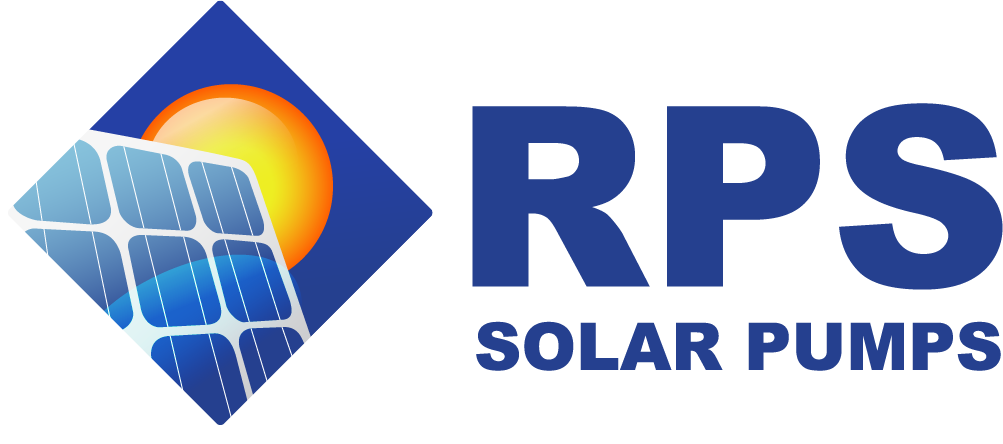What Factors Affect Flow Rate Of A Solar Pump?
Today’s question is, “What factors affect flow rate of your solar pump?“
So we’ll need to break this question into two parts. First, “What factors during the planning stages affect the flow rate?” And then second, “What factors out on the field, once the system set up, affect flow rate?”
So during the planning stages, first question we’re going to ask is, “What is your pumping head and how much volume; how many gallons per minute or per day, are you looking to pump with your system?” From there, we’ll be able to size an appropriate system to make sure we’re hitting that pumping head. (That’s how high or how much pressure we need to pump with the pump and the gallons per minute.)
So that’s part of the system planning. And with that information we will pick the perfect system, whether it’s a smaller 800 watt system, our RPS 800, or whether we look to a larger system, say, a Pro Series, maybe a three horsepower or five horsepower system for our higher volume applications.
So first, in the planning stages, that’s where we’re going to want to plan for an appropriate amount of flow rate or gallons per day. The second aspect is, once we get the system installed out in the field, then there’s environmental factors that are going to affect flow rate.
So the first and foremost being the amount of sunlight that’s hitting our panels. So as the sun starts to rise, we’ll begin to ramp up our water production until around 9 or 9:30am. Then we’ll reach peak production and that will stay throughout the day until the sun starts to set. In the afternoon again, we’ll taper off water production down into the evening.
That’s going to happen on a daily basis. And then there’ll be other factors affecting flow rate throughout the day. Say you have clouds up in the sky, say there’s a wildfire near by and you have smoke in the sky. All of those can affect the flow rate and water production throughout the day. So with the solar pump, we’re going to see that ramp up and ramp down on a daily basis. But then day to day, there could be other factors affecting the flow rate.
The first and most common would be clouds up in the sky. So if you get a heavy cloud cover, it’s an overcast day, then that’s going to affect water production. Plus, if you have that little cloud floating over and it casts a shadow over your solar panel, also going to affect your water production, but not throughout the whole day.
The second factor is, over time, your solar panels will get dirty and they’re going to need to be cleaned. Now we have an excellent video on that, if you want to check it out. Otherwise, you’re going to need to clean your panels, every quarter or so, every couple of months. It’s a really quick cleaning.
You’ll see in the video, all you have to do is wet the panels down, give them a quick brush and then give them a quick rinse. Because of these external factors, that’s one reason we always encourage water storage with a solar pumping system. So we like to do around 2 to 5 days of water storage in a big tank to account for these unexpected events.
Otherwise, you set up your system to fill up your tank. And you’re never going to have to think about it again. But don’t worry too much about flow rate. With our Pump Sizing Specialists helping you in advance for planning your project. They’re going to make sure you have enough water to account for these external factors that are possibly affecting your flow rate.
